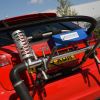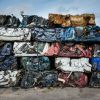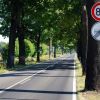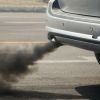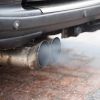When air pollution levels rise, some parts of Geneva are closed to the most polluting vehicles. As a result, you’ll need to know what Stick’Air sticker you need, which parts of the city are affected, and what the potential penalties are.
We’ve gathered all the answers to make your Swiss road trip as stress-free as possible.
Stick’Air stickers
Stick’AIR stickers, or vignettes, are part of Geneva’s differentiated traffic scheme – a measure that was introduced in Switzerland in 2020, designed to improve air quality.
During air pollution peaks, some vehicles are banned from driving through the centre of the city between the hours of 6am and 10pm.
Coloured stickers are used to identify the polluting potential of a car and divide vehicles into six different emissions-based categories.
The Stick’AIR categories
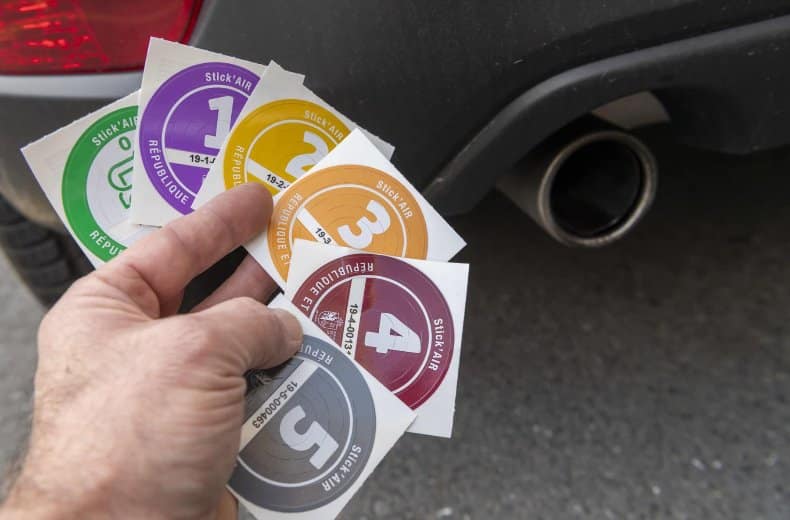
Passenger cars should display the following stickers:
| Electric and hydrogen | Gas and rechargeable hybrid | Petrol | Diesel | |
|---|---|---|---|---|
| Green | ✓ | |||
| 1 - Purple | ✓ | Euro 5 and 6 | ||
| 2 - Yellow | Euro 4 | Euro 5 and 6 | ||
| 3 - Orange | Euro 2 and 3 | Euro 4 | ||
| 4 - Burgundy | Euro 3 | |||
| 5 - Grey | Euro 2 | |||
| Uncategorised | Euro 1 and before | Euro 1 and before |
Find out what colour sticker your car should display.
You can find out your vehicle's Euro emissions standard here.

Do I need a Stick’AIR sticker?
Foreign cars must display the correct Stick’AIR vignette, including those registered in the UK.
If you already have a French Crit’Air sticker there’s no need to buy another – they are also recognised in the Geneva differentiated traffic zone.
Where is the Stick’AIR sticker zone?
The differentiated traffic zone covers most of the City of Geneva and the surrounding towns of Carouge, Cologny, Lancy and Vernier.
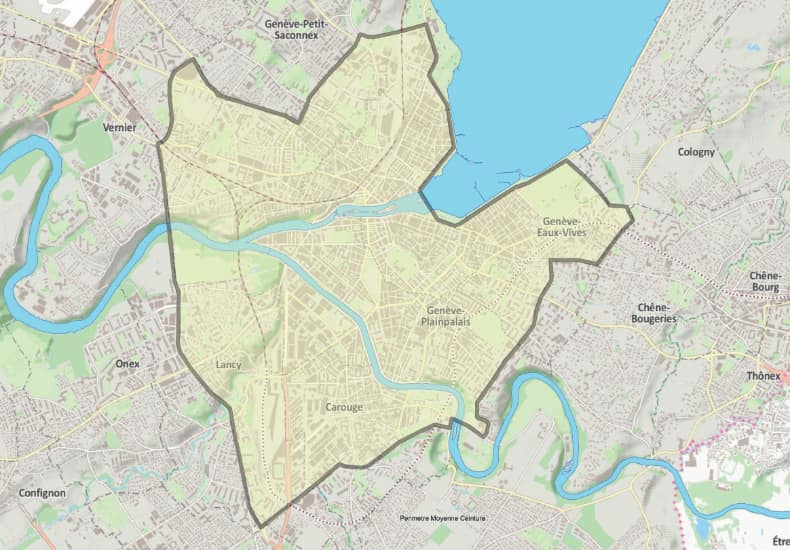
Look out for the below signs when entering the clean air zone.
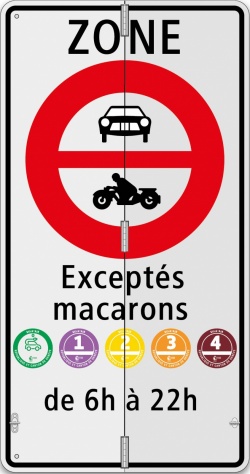
When does the Stick’AIR scheme apply?
The differentiated traffic zone is enforced between 6am and 10pm, and the need for displaying a sticker only applies once recorded or forecast pollution reaches a high level.
No restrictions are enforced while pollution levels sit below the threshold limit.
Getting a Stick’AIR sticker
Stick’Air stickers or vignettes can be purchased for £4 from the Office cantonal des véhicules and are valid for the life of the vehicle. There is also an admin fee of £14.50.
Remember, if you already have a French Crit’Air sticker there’s no need to buy another – they are also recognised in the Geneva differentiated traffic zone.1
A vehicle that doesn’t display a correct Stick’AIR vignette is prohibited to travel through the differentiated traffic zone during enforcement hours.
Drivers who travel in the zone without the correct sticker can be fined between €68 and €135.
Instant cover available
• 24/7 rescue at the roadside
• Help to get home if your vehicle can't be fixed
• 5 star Defaqto rated cover

Switzerland pollution peaks
The differentiated traffic zone splits pollution levels into four categories:
- no pollution peak
- activation level
- alert level
- urgency level
These categories determine speed limits and bans on the types of vehicles that can enter the clean air zone.
How are the different stickers used?
Categorising the emissions of vehicles allows the Geneva authorities to regulate entry into the differentiated traffic zone dependant on pollution level.
The table below shows which cars can travel through the zone during varying pollution levels:
| No pollution peak | Activation level | Alert level | Urgency level | |
|---|---|---|---|---|
| Green | ✓ | ✓ | ✓ | ✓ |
| 1 - Purple | ✓ | ✓ | ✓ | ✓ |
| 2 - Yellow | ✓ | ✓ | ✓ | ✓ |
| 3 - Orange | ✓ | ✓ | ✓ | |
| 4 - Burgundy | ✓ | ✓ | ||
| 5 - Grey | ✓ | |||
| Uncategorised | ✓ |
Public transport is free across all lines when pollution reaches the ‘alert level’.
Buy a European Driving Kit from £25.99
Don’t get stung with fines abroad for not having a European Driving Kit



